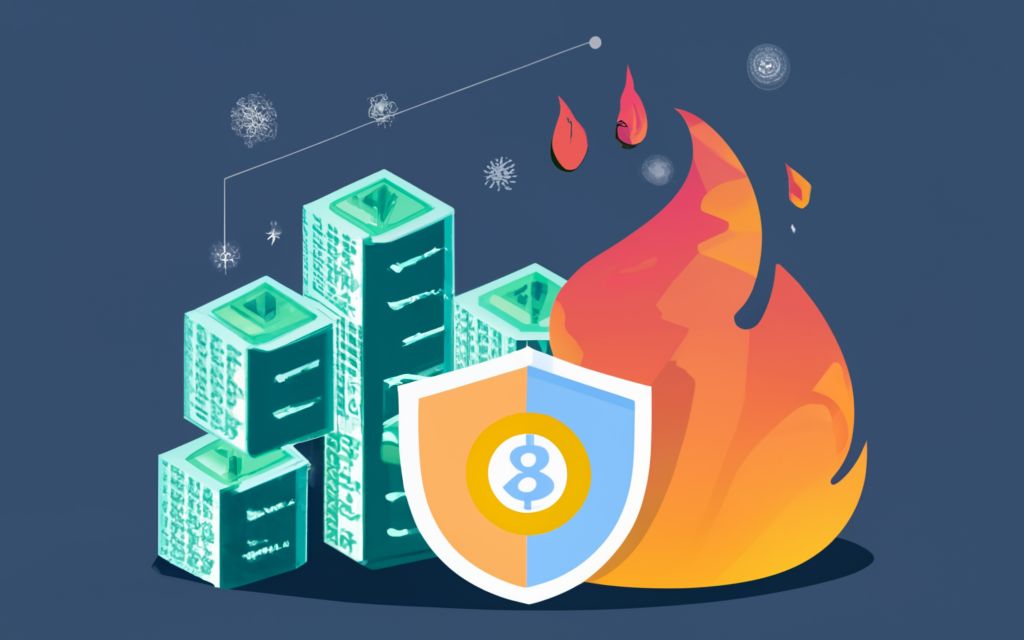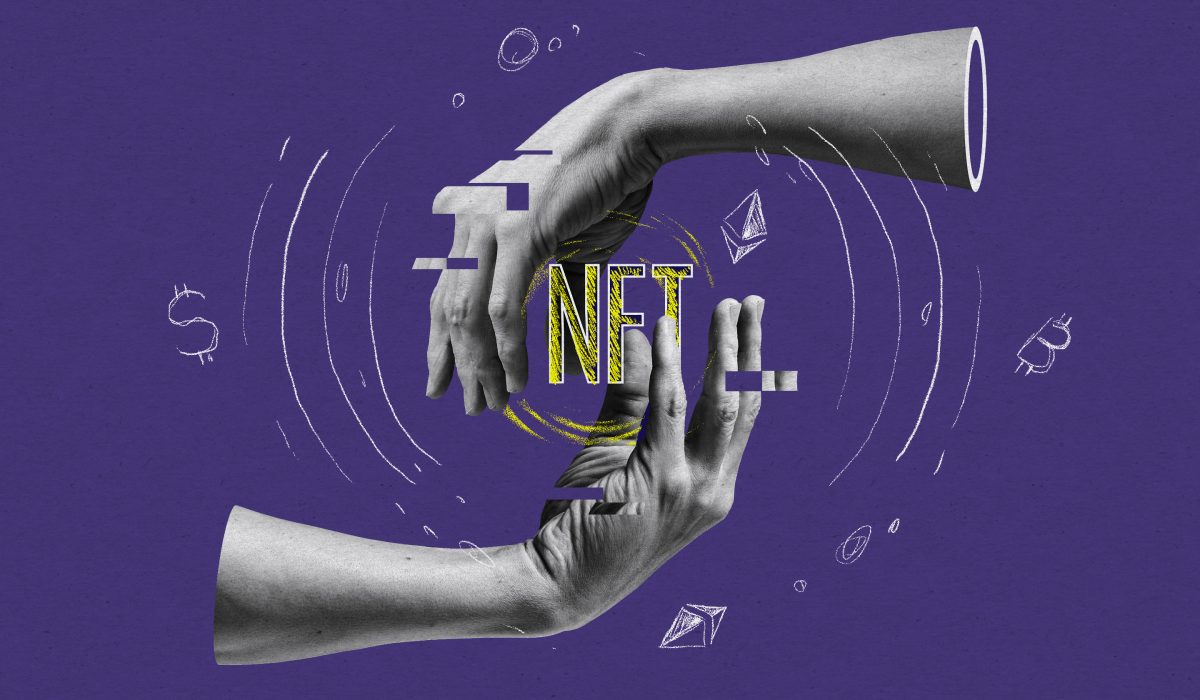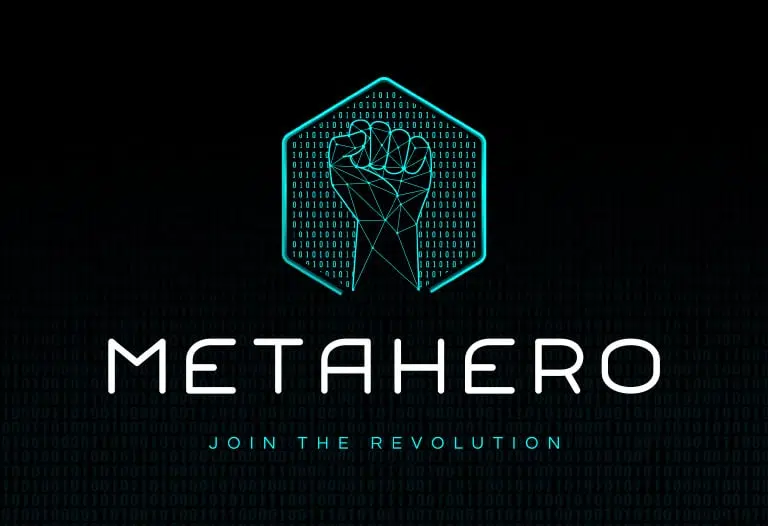Introduction to ESG Factors in Trading
In recent years, Environmental, Social, and Governance (ESG) criteria have become crucial in the investment world. Investors are no longer just concerned with financial returns; they now seek opportunities that align with their values, particularly in areas like environmental sustainability, social responsibility, and ethical governance. This review explores how TeonGas integrates ESG factors into its platform, providing traders with tools to make responsible, values-driven investment decisions.
Understanding ESG Investing
ESG investing refers to an investment strategy that considers a company’s performance in environmental, social, and governance aspects. Companies are evaluated on how well they manage their environmental impact (like carbon emissions), treat employees and communities, and operate ethically in terms of governance.
ESG investing is not just about ethics; it’s also about risk management. Companies with poor ESG scores may face regulatory fines, reputational damage, or lose public trust—making them risky investments. On the other hand, companies with strong ESG practices tend to show more long-term stability and resilience, making ESG an increasingly popular factor in decision-making.
The Role of TeonGas in Promoting ESG Trading
TeonGas actively supports ESG-focused investing by offering tools that allow traders to assess companies based on their ESG criteria. The platform includes features like ESG ratings, sustainability reports, and social responsibility metrics, enabling users to evaluate potential investments not just by financial performance, but by their ethical impact.
TeonGas also promotes socially responsible investing (SRI) by providing users access to ESG indices and funds that prioritize investments in companies with high ESG scores.
Evaluating Companies Based on ESG Criteria
When assessing a company’s ESG performance, investors typically look at a range of factors:
- Environmental: Includes carbon footprint, energy efficiency, and water usage.
- Social: Considers employee welfare, diversity, community engagement, and human rights.
- Governance: Looks at board diversity, executive compensation, and transparency.
On TeonGas, traders can access detailed ESG reports for companies, which aggregate data from multiple sources. These reports help users identify companies that align with their values and ESG standards, making it easier to make informed, responsible investment decisions.
Benefits of Integrating ESG Factors into Trading Strategies
Incorporating ESG factors into your trading strategy offers several benefits, both financial and ethical:
- Risk Mitigation: Companies with poor ESG practices may face regulatory penalties or negative publicity, which can harm stock prices. Avoiding such companies can reduce investment risks.
- Long-term Growth: ESG-conscious companies tend to prioritize sustainable practices, leading to long-term profitability and growth potential.
- Attracting Values-Driven Investors: Many investors are now prioritizing ESG factors, and companies that excel in these areas may see increased demand for their stocks, driving up prices.
A case study of successful ESG investing on TeonGas involved users who focused on renewable energy companies, benefitting from the growing trend toward environmental sustainability. These companies saw significant stock appreciation as governments and businesses shifted toward green initiatives.
User Experiences with ESG Investing on TeonGas
Many traders on TeonGas have shared positive experiences regarding ESG-focused investments. Users who prioritize sustainability have found the platform’s tools helpful in identifying ethical investments. Some have reported that companies with strong ESG scores tend to outperform over the long term, as they are more likely to be resilient during market downturns.
However, challenges remain, such as the difficulty in finding comprehensive ESG data for smaller companies or industries that are not traditionally ESG-focused. Despite this, users report that TeonGas’s focus on transparency and detailed reporting helps mitigate these challenges.
Future Trends in ESG Investing
The ESG investment landscape is evolving rapidly, with emerging trends such as:
- Impact Investing: Investments made specifically to generate measurable social or environmental benefits alongside financial returns.
- Climate Change Initiatives: Increasing investor focus on companies’ efforts to combat climate change through sustainable practices.
TeonGas plans to adapt to these trends by incorporating real-time ESG updates, offering more robust tools for impact measurement, and expanding access to ESG-focused funds and thematic investing options. Traders can expect new features aimed at helping them stay ahead in the ever-growing ESG market.
Table: Key ESG Metrics Overview
| Metric | Description | Importance |
| Carbon Footprint | Measure of total greenhouse gas emissions | Indicates environmental impact |
| Board Diversity | Representation of different demographics on the board | Reflects governance quality |
| Community Engagement | Company’s involvement in local communities | Shows commitment to social responsibility |
| Ethical Supply Chain | Assessment of supply chain practices | Ensures sustainability and ethical sourcing |
Conclusion: Embracing ESG Factors with TeonGas
Incorporating ESG factors into trading strategies is becoming essential for investors who value long-term sustainability and social responsibility. With TeonGas, traders have the tools to evaluate companies based on their environmental, social, and governance criteria, allowing them to make informed, responsible decisions. By leveraging ESG-focused tools and features, traders can not only align their portfolios with their ethical beliefs but also enjoy potential financial benefits.
FAQ
ESG factors refer to Environmental, Social, and Governance criteria that help investors assess a company’s sustainability and ethical impact. They are important because they can influence a company’s long-term performance and risk.
TeonGas offers ESG ratings, sustainability reports, and other tools to help traders evaluate companies based on their ESG performance, supporting socially responsible investing.
ESG investing offers both financial and ethical benefits. It helps mitigate risks by avoiding companies with poor practices and supports long-term growth by focusing on sustainable and responsible companies.
TeonGas provides ESG data for many companies, especially larger corporations and industries. However, accessing comprehensive ESG data for smaller companies may be more challenging.
TeonGas plans to introduce real-time ESG updates, impact measurement tools, and expanded access to ESG-themed funds, adapting to emerging trends in the sustainable investment space.









